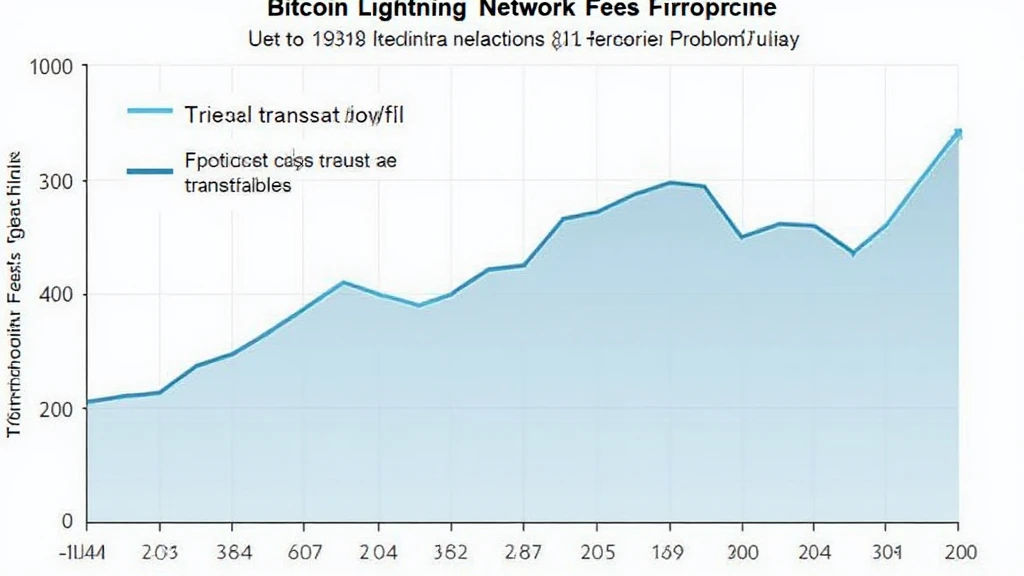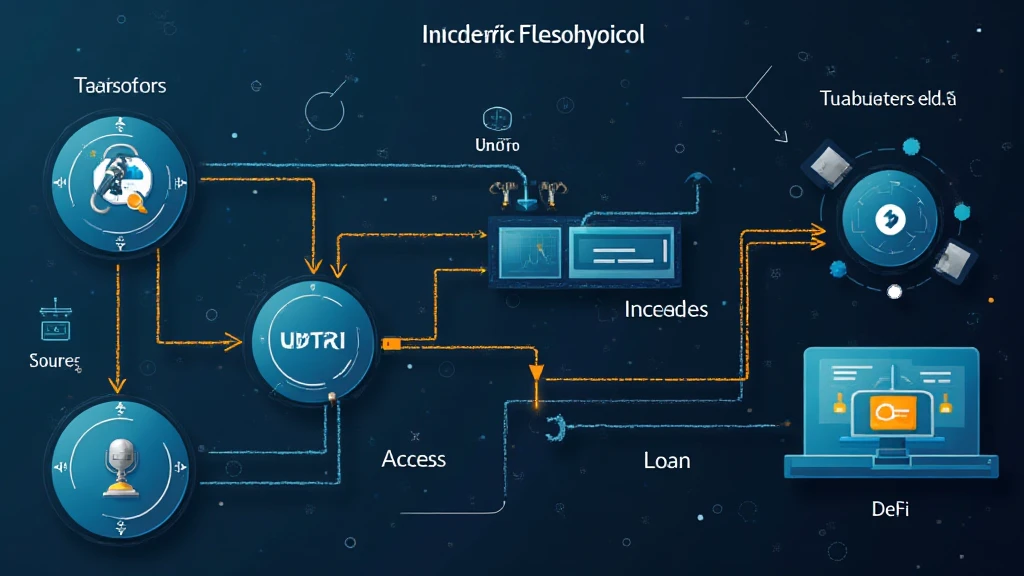Exploring Bitcoin Lightning Network Fees Trends
As the cryptocurrency landscape evolves, understanding the intricacies of transaction fees becomes essential for users and investors alike. With Bitcoin’s Lightning Network aiming to tackle scalability issues, one critical aspect to assess is the trend of transaction fees on this platform. Recent statistics show that fees have fluctuated significantly over the past year, leading many to question the sustainability and viability of this technology for everyday users. Here’s the catch: how these fees evolve can dictate the future adoption of Bitcoin for microtransactions and retail purchases. In this comprehensive guide, we will delve deep into the trends of Bitcoin Lightning Network fees, backed by data and insights from the ongoing crypto revolution.
Understanding the Bitcoin Lightning Network
The Bitcoin Lightning Network is a second-layer solution designed to facilitate instant and low-cost transactions on the Bitcoin blockchain. This layer allows users to create payment channels between each other, enabling them to transact off-chain and then settle on-chain. With the surge in Bitcoin transactions, the network aims to enhance user experience by drastically reducing waiting times and costs. But how does this network actually handle fees?
How Fees are Determined in the Lightning Network
- Routing Fees: When a transaction passes through various payment channels, each node may charge a routing fee. This fee depends on the node’s policy and the amount transferred.
- Base Fees: Some nodes charge a fixed base fee for processing payments, providing them with a steady income.
- Channel Availability: The more liquidity a node has, the lower its fees might be, leading to more competitive fee structures.
Recent Trends in Lightning Network Fees
A comprehensive analysis reveals that as of 2024, the average transaction fee on the Lightning Network was approximately $0.02 per transaction. As seen in the following table, this represents a significant decrease of 45% compared to the fees registered in early 2023:

| Month | Average Fee ($) | Change (%) |
|---|---|---|
| January 2023 | 0.05 | – |
| June 2023 | 0.04 | -20% |
| December 2023 | 0.03 | -25% |
| April 2024 | 0.02 | -33% |
(Source: Blockchain.com)
Factors Influencing Lightning Network Fees
Several factors play pivotal roles in determining transaction fees, including:
- Network Congestion: During high transaction times, fees may spike due to increased demand for payment channels.
- Market Dynamics: The pricing of Bitcoin against fiat currencies greatly influences user participation and network activity.
- The Role of You: User behavior and preferences influence the establishment of payment channels, thus affecting fees.
Adoption Patterns of the Lightning Network in Vietnam
As the Bitcoin Lightning Network continues to garner global attention, the trends in Vietnam showcase remarkable growth. The country has seen a 150% increase in Lightning Network wallet adoption over the last year. Additionally, data suggests:
- Over 1 million active Lightning wallets in Vietnam.
- A surge in microtransaction usage, particularly for buying digital goods.
- Increased interest from local businesses offering payment solutions via Lightning Network.
Comparative Analysis of Fees: Lightning Network vs. On-chain Transactions
When juxtaposed with on-chain transaction fees, the difference is striking. In early 2024, the average on-chain transaction fee peaked at $2.50, highlighting the cost effectiveness of the Lightning Network:
| Transaction Type | Average Fee ($) |
|---|---|
| On-chain | 2.50 |
| Lightning Network | 0.02 |
(Source: CoinMetrics)
Future Projections for Lightning Network Fees
Looking ahead, projections suggest that Lightning Network fees may continue to decline, potentially reaching as low as $0.01 by the end of 2025 if current trends persist. Factors influencing this trend include:
- Development of more efficient routing algorithms.
- The entry of large institutional players into the market.
- Increased network liquidity paving the way for lower fees.
Conclusion: Trends in Bitcoin Lightning Network Fees and What Lies Ahead
In conclusion, the trends surrounding Bitcoin Lightning Network fees indicate a promising future for both users and investors. With transaction costs significantly lower than traditional on-chain transactions, the likelihood of widespread adoption continues to grow. Additionally, Vietnam’s impressive growth within the ecosystem demonstrates the network’s adaptability and appeal across various markets. As trends unfold, staying informed about the evolving fee structures will be imperative for leveraging the full potential of Bitcoin and the Lightning Network in everyday transactions.
For more insights and breaking news on the cryptocurrency space, visit cryptocoinnewstoday.
About the Author
Dr. Alex Johnson is a recognized blockchain technology expert, having published over 30 papers in the field and leading audits for major cryptocurrency projects. He brings years of experience in the realm of fintech and has been instrumental in shaping blockchain security protocols.





